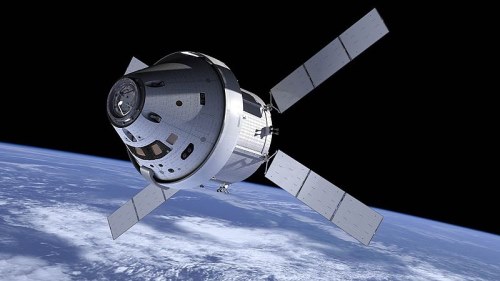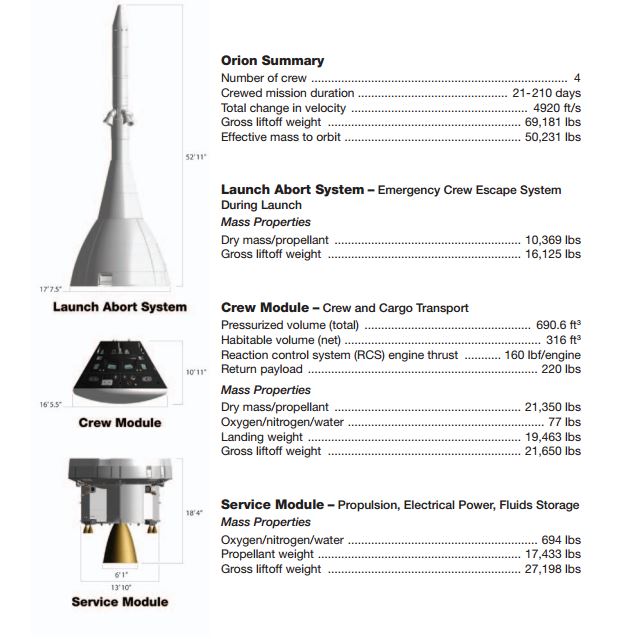Do you think it’s easy making a lightweight multi-purpose crew vehicle? It’s not.

Artistic illustration of the Orion after completion. (Image via NASA)
The Orion Multi-Purpose Crew Vehicle is becoming the first ever deep-space craft that will be able to go further out on lunar-type missions. Since NASA crew began development back in 2005, one major challenge that they face constantly is: mass.
So what do they do to make the vehicle lighter?
In 2008, the crew conducted a “re-baselining” exercise in which they took the vehicle, stripped it down, and re-built it based on risk management factors.
We “re-built the vehicle from the ground up,” said Julie Kramer, Orion Chief Engineer. In doing so, the team was able to remove parts that weren’t necessary.
Over time, the spacecraft gets overloaded again with equipment because to get more out of the vehicle, you need to load more onto it.

Working on the inside of the Orion crew module which has a gross liftoff weight over 20,000 lbs. (Image via NASA)
“If you’re not really, really careful, it picks up a lot of weight again,” said Kramer.
In order to compensate, the team makes the vehicle much heavier than it needs to be during tests. Kramer emphasizes how important it is to maintain vital functions of the vehicle when determining what should stay and what should go. “Functionality is a last resort,” said Kramer.

Some Orion weight facts. (Image via NASA)
About the Orion
The Orion is set to “change the horizon of which we explore,” said Kramer. It has the potential to expand mission capture beyond Apollo. What separates the Orion from other spacecraft is its ability to tolerate much higher re-entry velocities, longer missions, and different radiation environments.
Once completed, it will serve as the exploration vehicle that will carry the crew to distant planetary bodies, provide emergency abort capability, sustain the crew during space travel, and provide safe re-entry from deep space.
Electronic Products is heading to NASA. To learn more about the mission, visit Littelfuse’s Speed2Design site.
Advertisement
Learn more about Electronic Products Magazine





